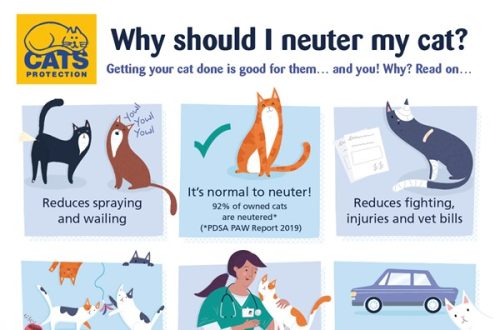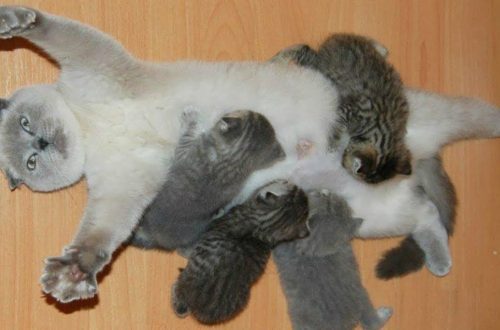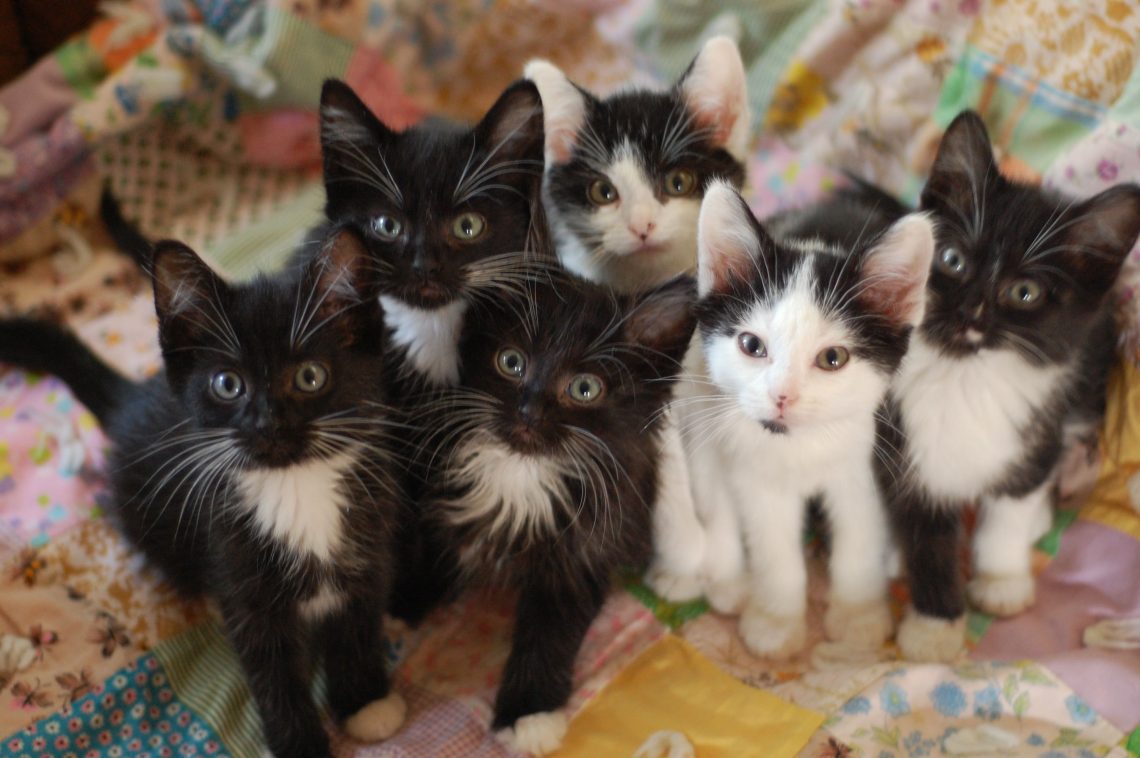
How many kittens can a cat give birth at a time?

Contents
- What affects how many kittens a cat gives birth to?
- Is it possible to influence the number of kittens in a litter
- How to determine and find out how many kittens a cat will have?
- How many kittens does a cat give birth to for the first time?
- Minimum and maximum number of kittens in a cat
- Number of kittens and cat health
- Answers to frequently asked questions
What affects how many kittens a cat gives birth to?
Cat features
Genetic predisposition
The number of future newborns is influenced, first of all, by the genetic characteristics of the cat. In this case, you can judge by her mother: if the parent of your pet was fertile and brought large offspring, then the likelihood of such a scenario is high in the case of your cat. On the contrary, if your pet had few or no brothers and sisters, you probably don’t have to wait for the birth of many babies.
Age features
A significant influence on the number of babies expected from a cat is its age. So, a very young or an individual at a too respectable age is unlikely to bring large offspring. Such a cat can give birth to one or two kittens, in rare cases three.
Number of transferred births
A cat that is expecting its first birth is very likely to become the mother of one or two babies, sometimes three. A cat that has already given birth more than once usually brings the same offspring as in previous births.
Content quality
The fertility of an expectant mother may vary depending on the conditions in which she is kept. So, a cat living in warmth, coziness and comfort (a warm house with loving owners, a varied diet, attention and games is provided) is more likely to bring healthy and numerous offspring than an individual deprived of such conditions.
Weight category
A cat of miniature size and low weight, even being at the most suitable age for procreation, is simply not physically able to give birth to a large number of kittens. On the contrary, a tall and well-fed cat calmly gives birth to both six and eight kittens, because her own weight and size are conducive to regular motherhood with many children.
Health indicators
A female with health problems is in most cases not ready to carry and give birth to several kittens. If she manages to get pregnant and give birth to healthy babies, most likely there will be no more than two.
The exact number of future kittens can be found at the veterinarian’s appointment after undergoing an ultrasound scan.
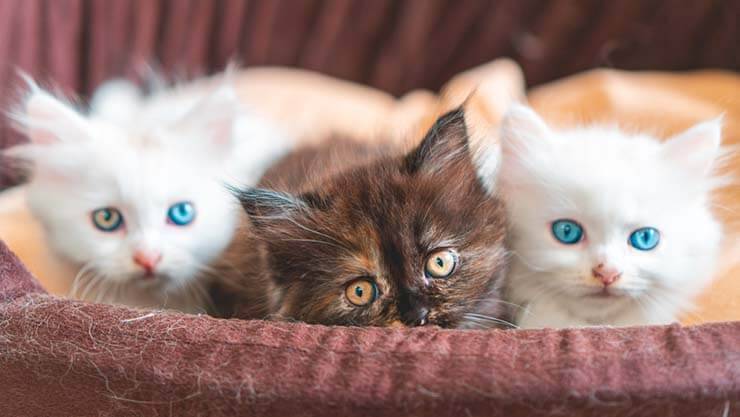
Cat features
The number of future offspring, of course, depends on both parents, their genetics, health, age, conditions of detention, and in the case of a cat father, the number of matings. So, a cat that inseminates more than four females within 12 months is unlikely to produce numerous offspring.
It is also important to take into account the age characteristics of the male: if he has not yet turned one and a half to two years old, then there is a possibility that the future parent is not yet mature enough for high-quality fertilization. Large offspring are not guaranteed in cats at an age close to the elderly.
The presence of chronic diseases, past illnesses and injuries can also affect the reproductive function of the father cat.
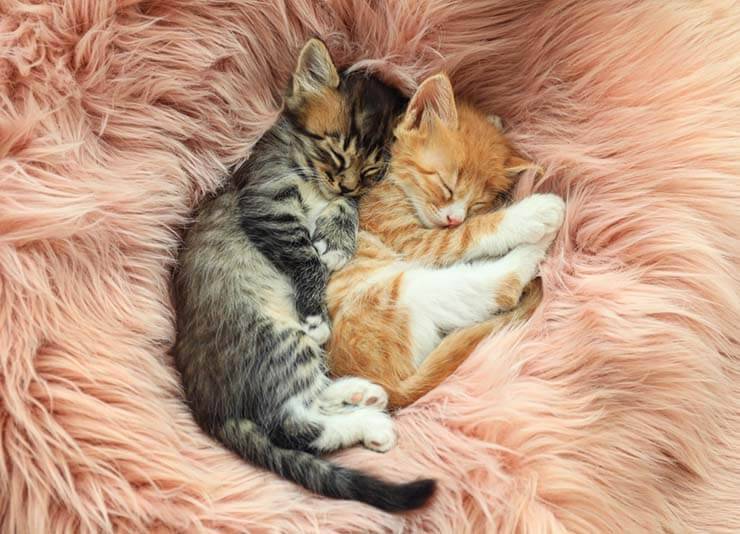
Breed influence
Of course, one of the key factors on which the fertility of a cat depends is its belonging to a particular breed.
Most often, the offspring of pedigreed cats is not as large as that of females living on the street. However, the number of cubs that purebred females give birth to can also vary from one to ten. On average, it is three to four kittens. So, a Burmese cat usually gives birth to two or three cubs, but a Siamese cat – from four to eight kittens. Ask open sources or your veterinarian how many kittens are born in cats of a particular breed. If it is common for females of the breed to which your cat belongs to give birth to up to three kittens at a time, then you should hardly expect offspring of eight babies, and vice versa – be prepared for large offspring if your cat has many children according to the breed.
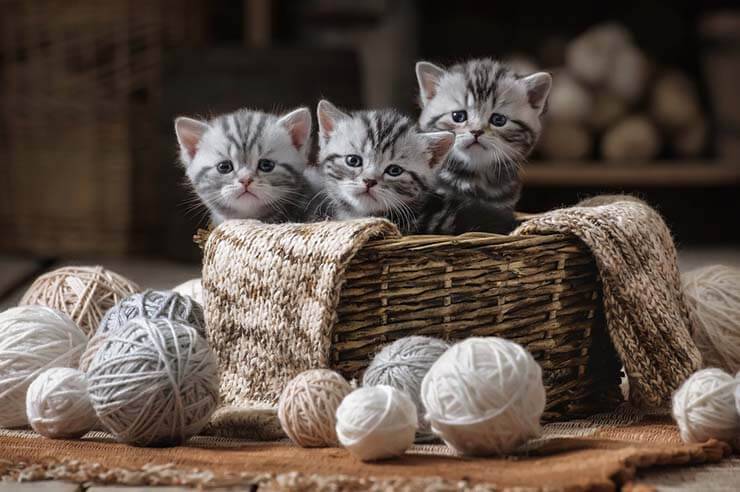
Is it possible to influence the number of kittens in a litter
In ordinary life, the owners rarely seek to influence the mother cat in order to increase or decrease the number of future newborn kittens. However, this can be done – primarily with the help of special medications that can stimulate the cat to produce more eggs. It is necessary to consult a specialist, any independent intervention can be dangerous for a cat.
The likelihood that a cat will be very fertile also increases if she is given vitamins – selenium and E. However, the selection of vitamins and their dosage cannot be done by yourself, it is important to entrust this to an experienced specialist. Otherwise, there is a risk of harming the health of the cat, disrupting the functioning of its gastrointestinal tract and not only.
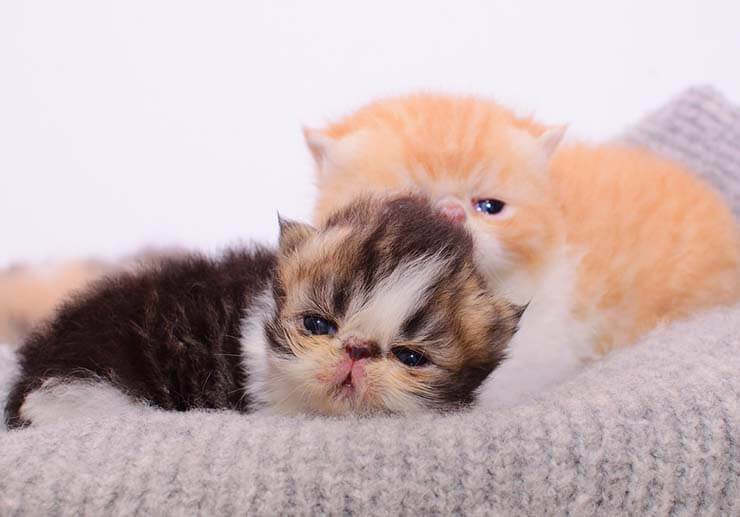
How to determine and find out how many kittens a cat will have?
There are several ways to determine the number of kittens a cat will have in the future, as well as when they have already been born in the mother’s womb.
Find out about mother
As already mentioned, one can fairly accurately assume what the number of kittens in a particular female will be, based on data about her mother. Having found out how many brothers and sisters your pet had (how many her mother gave birth at a time), you can understand how many kittens the cat will have. Usually, the reproductive capabilities of a mother cat and her daughter are similar.
Check your mammary glands
It is difficult to judge how accurate this method is, but many owners use it in everyday life. According to him, the number of kittens can be found as follows: count the swollen nipples of the expectant mother and subtract two from their number.
Take to the clinic for an ultrasound
This method, applied to a mother already carrying babies, is the most effective. An ultrasound examination in a veterinary clinic is done mainly a couple of weeks before the scheduled birth, which allows you to accurately determine the number of future children.
Sometimes, in order to satisfy their curiosity, people try to independently determine the size of the cat’s offspring in the womb by laying the cat on its back or side, touching the babies in the stomach by touch. In no case should this be done – any wrong move can harm the kittens and make their mother nervous. It is allowed to gently stroke a pregnant cat on the stomach, if she herself asks for it.

How many kittens does a cat give birth to for the first time?
It is impossible to say exactly what kind of offspring to expect for the first time – a lot depends on the individual characteristics of the newly-made mother. At the same time, according to the observations of veterinarians and breeders, usually the first litter is not numerous – from one to three kittens. Of course, there are more kittens, but according to statistics, the first time a cat gives birth to as many cubs as in subsequent ones, often even less.
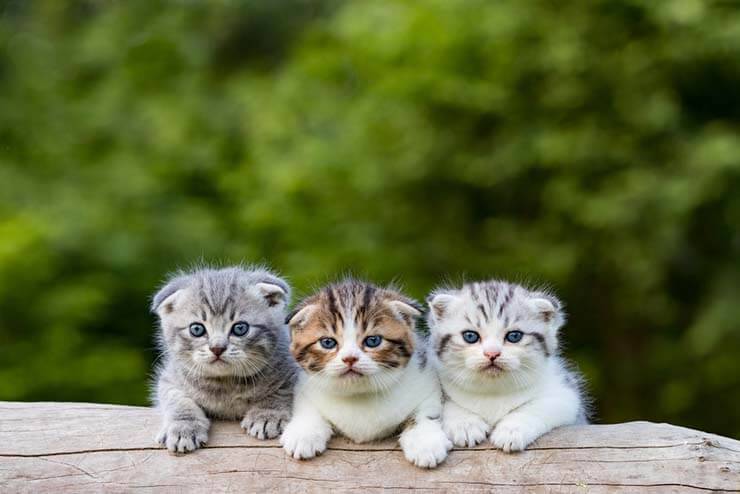
Minimum and maximum number of kittens in a cat
With the smallest number of kittens, everything is simple. Yes, one baby is the “minimum” you can expect from a future cat mom.
With the maximum number it is more difficult – usually a cat gives birth to no more than six or eight kittens; less often, but the birth of ten babies at a time is possible. This is sometimes characteristic of cats of certain breeds. There is a known case when a female Persian breed became the mother of fifteen babies.
Also, a street cat can have an unusually large offspring, for example, “working up” offspring from two or even more cats at the same time. It is known that a cat is able to bear kittens from different males in parallel, if mating with them was at the same time.
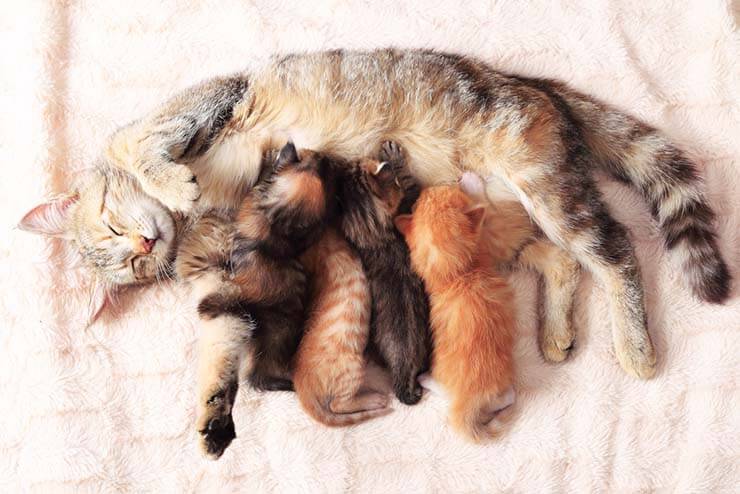
Number of kittens and cat health
A cat needs good health and a lot of strength to endure, give birth and feed a large offspring. Moreover, with a large number of fetuses during childbirth, cat mothers are more likely to experience complications. First of all, this applies to young cats and those who are already at a respectable age.
In addition to possible difficulties in the process, a mother of many children may face problems in the future. If there are too many kittens, then even the strongest and healthiest female is unlikely to be able to feed all her kittens – she may not have enough strength or milk.
When there are too many babies in the womb, quite often some of them die before they are born. This happens when a cat simply does not have enough vital resources to cope with the burden of having many children. With too many offspring, the body of the mother cat wears out quite a lot.
After giving birth, the mother cat is in post-natal stress. Often a cat, afraid of losing one of the babies, rushes after the cubs crawling away in different directions, not having time to catch each one and being pretty nervous.
For small offspring, other dangers are characteristic: for example, usually the fewer kittens a cat has in the womb, the larger they are in size. During childbirth, a large calf can find it difficult to get out and even get stuck along the way. It is dangerous for both mother and child. If a woman in labor has an obstruction of the fetus, a caesarean section is necessary, otherwise both may die. Another problem with a small number of kittens can be mastitis, which leads to the development of an excess of milk in the mammary glands.
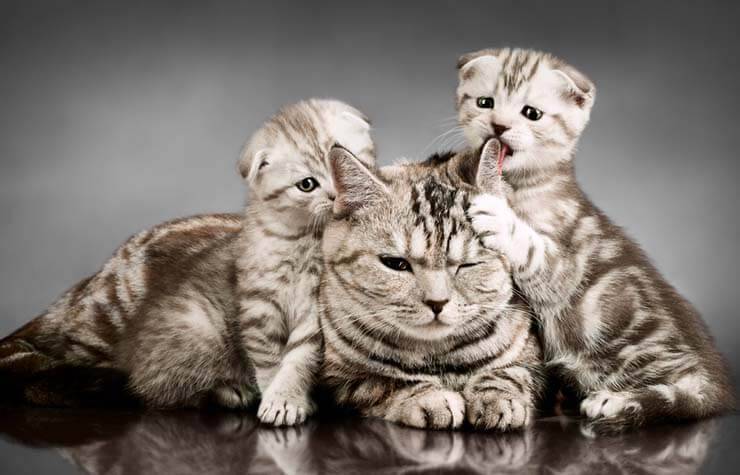
Answers to frequently asked questions
August 31 2021
Updated: August 31, 2021



